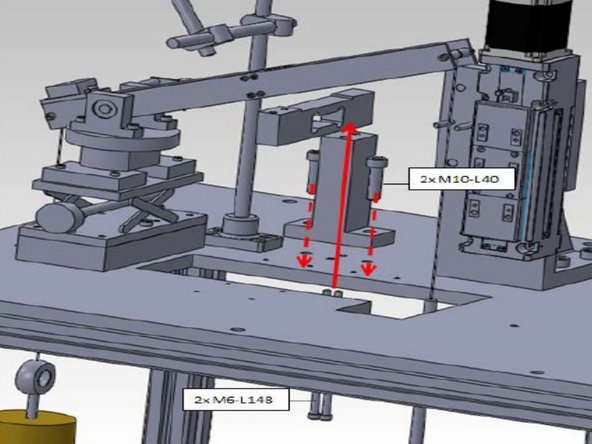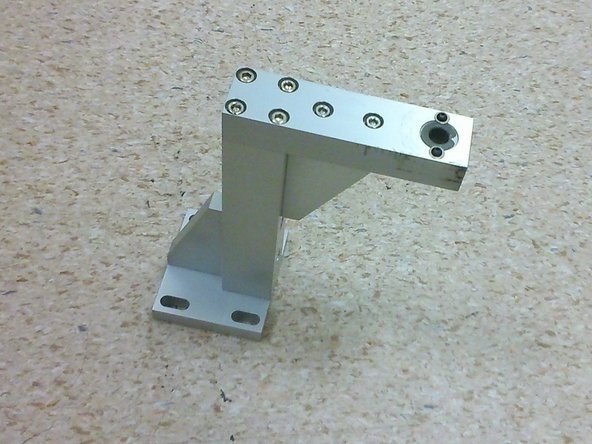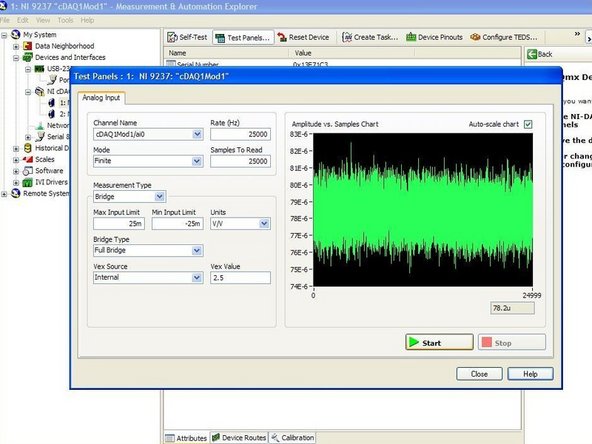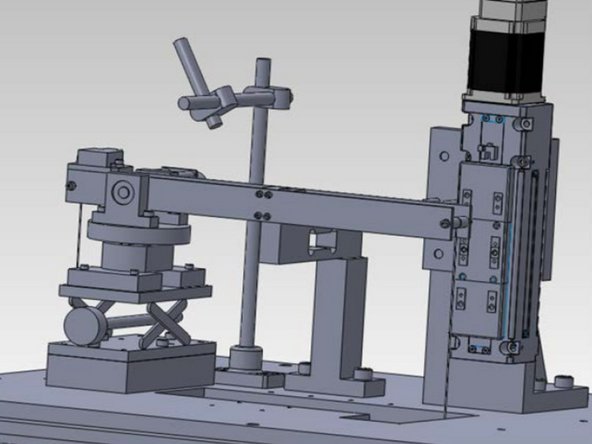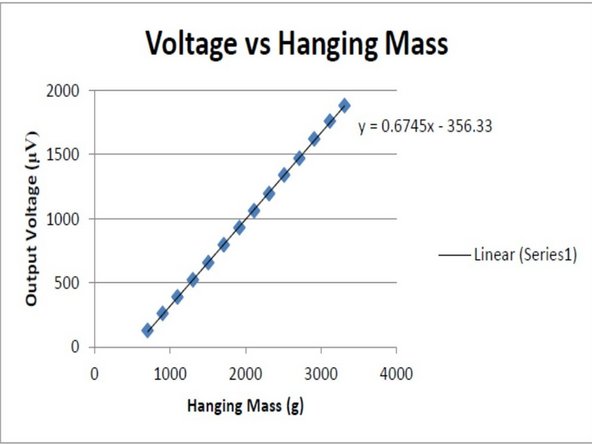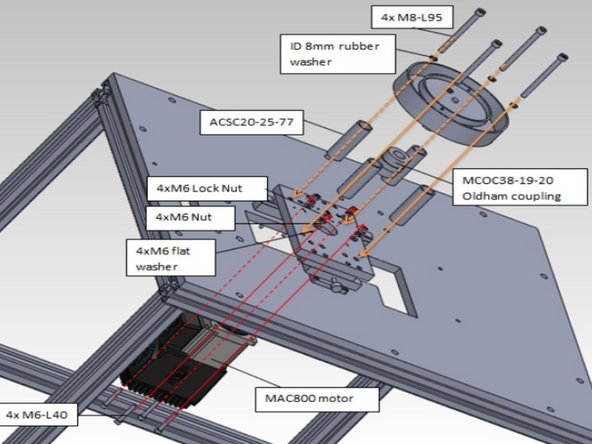-
-
Remove the hanging mass to allow ease of access to the components to be removed.
-
-
-
Place increasing loads on the hanging mass to obtain a relationship between the mass and voltage output.
-
Secure a pin sample and pin sample holder onto the cantilever beam.
-
-
-
Obtain 400 readings at each different hanging mass load.
-
-
-
Using the relation between voltage to load obtained from load cell calibrations, convert the voltage output values obtained at varying hanging mass to load in terms of kg.
-
The load(kg) obtained would be the normal load experienced by the sample.
-
Convert the load(kg) into load(N) using the following equation:
-
load(N) = load(kg) x 9.81
-
-
-
Input the "a" and "c" values from the graph obtained into the cal-load-params file in the "Tribometer_data" folder and save the file.
-
Cancel: I did not complete this guide.
One other person completed this guide.



